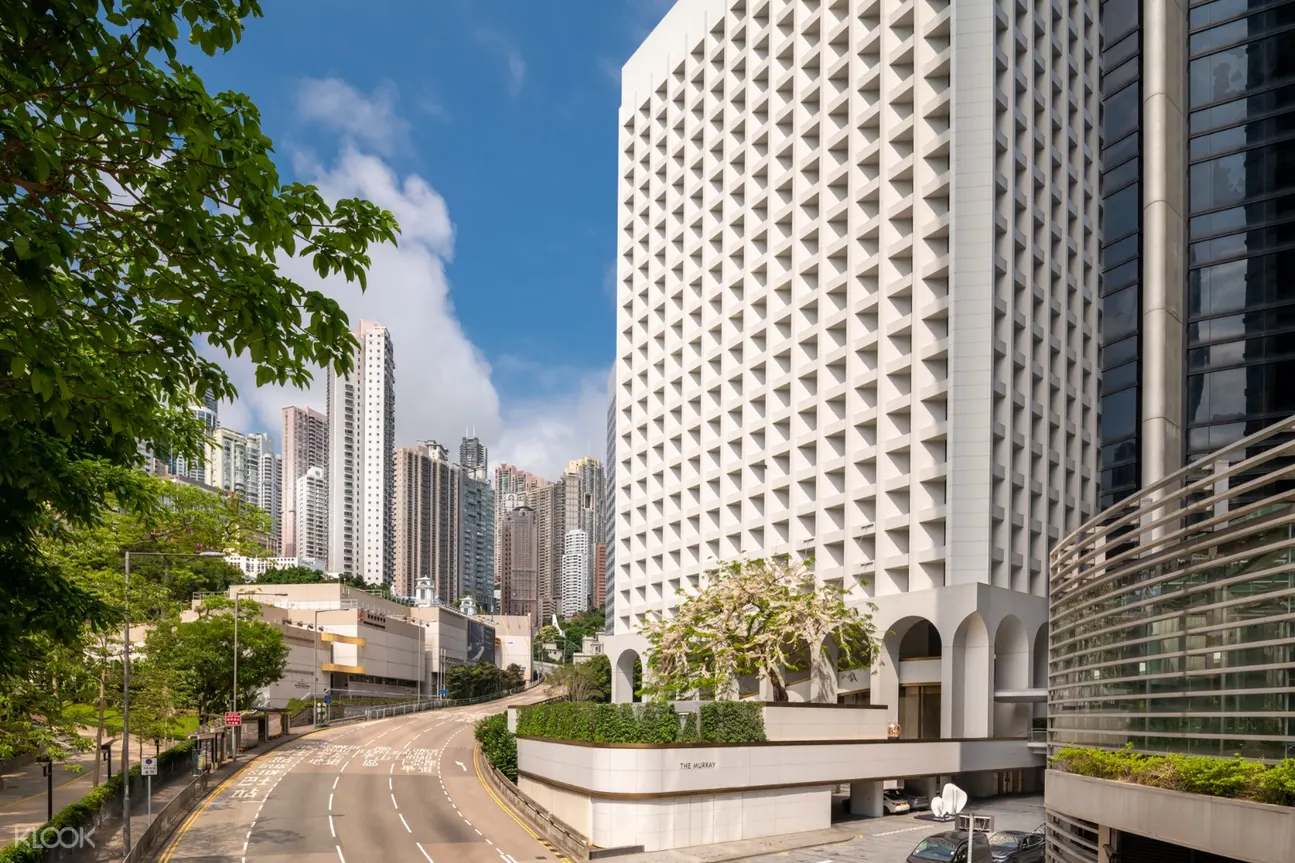All Rome in 1 Day WOW Tour – Luxury Car, Guide, Entrance Tickets, Lunch included
Day Trips in Rome: Check out 63 reviews and photos of Viator's All Rome in 1 Day WOW Tour – Luxury Car, Guide, Entrance Tickets, Lunch included.
Seeing Rome in a day is a monumental task but this private, full-day tour covers it all. Visit the city’s iconic landmarks including the Colosseum, the Trevi Fountain, the Pantheon, and Vatican City, avoiding long lines with priority access admission. Quickly get between sites with private transportation and enjoy a delicious Roman lunch as part of your package. This tour is ideal for first-time visitors who are short on time. See iconic Roman attractions in one day on a private tour Visit the Colosseum, Roman Forum, Vatican City, and more Priority access entrance tickets and lunch are included A private guide and vehicle ensure a speedy and personalized experience
Hotel/Apartment/Port pick up and drop off Intermediate transfers between the sites Guided Driven Tour of Fountains and Squares Full-Day Certified multilingual guides for all mentioned sites Skip the line tickets to all sites Guided Tour of Colosseum, Roman Forum and Palatine Guided Tour of Vatican Museums, Sistine Chapel and St. Peter’s Basilica (not on Sundays & rel. hol.) Lunch: You will stop at a selected restaurant Only Sunday and Religious Holidays: Capitoline Museums entrance tickets Spirits and extras at the reastaurant ( starter, main course and water included)
Read more about All Rome in 1 Day WOW Tour – Luxury Car, Guide, Entrance Tickets, Lunch included – https://www.viator.com/tours/Rome/All-Rome-In-1-Day-WOW-TOUR/d511-86375P3?mcid=56757






by Shannon
This was my first trip to Rome and after a very hectic day in Florence I cannot say enough of the time with Andrea and Demitry !! This was worth every penny paid. We had a mishap at hotel of no fault to guid/tour. We started 30 m late but these two… had continued contact and worked everything in for us including our extra stops for cappuccino, shops and snack. I had hurt my knee before this trip and we were so tired from all day before in Florence. These two made our Rome trip the BEST of our vacation time. Very informative and Dimity was at ever step of the way making my walking very limited. Andrea (Andy) went out of his way to ensure we were comfortable even getting special exits when I was having a hard time with my knee AND giving up his own jacket to warm my sister. 5stars are not even enough! I cannot put into words the pleasure it was with these two! Extra stops special beat view spots. Now to also note… there were extra places I wanted to see and these folks … well they made it happen. They worked with me for days on best schedule to make it all happen and when I tell you it had to be a hard task I mean it! With certain things only available at certain times, they were awesome. Truly customizable and best customer service experience!!! I normally would never spend this amount of $$ but I can say I am so very glad I did!! Thank you Andy!! You made the difference of our trip by exemplary service!!
by Michael
It’s the only way to visit, The Vatican museum, St. Peter’s cathedral, the colloseum and the Roman forum, all in one day. Along with the pantheon and the major tourist sites of the city, it is an excellent solution if you have very little time in Rome. Massimo, our guide was knowledgeable and helpful, explained everything we asked along the way. The lunch included was simple but decent. It’s a tour highly recommended if you have less than 3 days in Rome, but if you have time, i would suggest to dedicate one day for the Vatican and saint Peter’s cathedral and another for the rest.
by Carol
Our guide “Andy “ was excellent, he was well prepared and was able to bring to the purpose and meaning of the various paintings, frescoes, and statues! He made our experience very rewarding and memorable! Highly recommended!